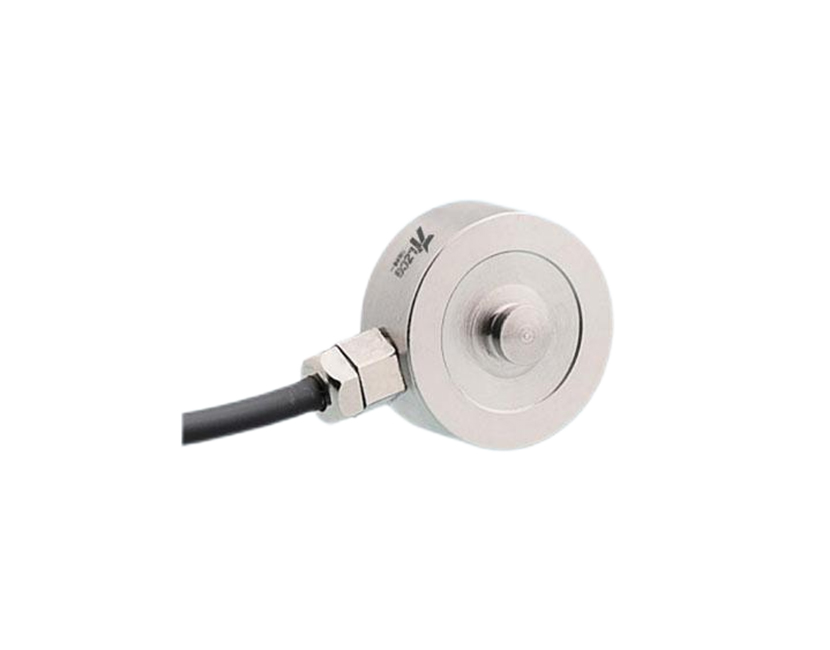Nov 20Source: Intelligent Browse: 3
A Miniature Compression Force Sensor is a compact, high-precision device designed to measure axial compressive forces within very limited installation spaces. Despite its small size, it delivers reliable force measurement for applications such as electronic product testing, robotic end-effectors, press-fit monitoring, and automated assembly systems. Its core operating mechanism is based on proven strain-gauge technology, enabling consistent and highly repeatable force output.

At the heart of the sensor is a metal elastic element, also referred to as the load-bearing body. When an external compressive force is applied to the top surface of this element, it undergoes extremely slight deformation. Although the deformation is microscopic and invisible to the naked eye, it is sufficient to generate measurable strain on the material.
To convert this deformation into an electrical signal, foil strain gauges are precisely bonded to strategic locations on the elastic element. These strain gauges change their electrical resistance as the metal body compresses. The gauges are then interconnected to form a Wheatstone full-bridge circuit, which is highly sensitive to minute resistance changes. When compressive force is applied, the bridge becomes unbalanced and outputs a differential voltage signal proportional to the applied load.
The output signal is typically in millivolts per volt (mV/V), representing a linear relationship between force and electrical response. This analog signal can be fed into an amplifier, signal conditioner, or data acquisition system for scaling, calibration, and digital conversion. Because the elastic element and strain gauges are engineered with precise symmetry, the sensor maintains excellent linearity, repeatability, and temperature stability even under continuous loading.
Miniature compression force sensors are usually manufactured from stainless steel, providing high rigidity, resistance to overload, and long-term durability. Their compact cylindrical or button-type structure allows installation in tight spaces, under actuators, or within mechanical assemblies without altering the existing design layout. With proper mounting—ensuring axial loading and avoiding lateral forces—they deliver high accuracy and long operational life.
In summary, the working principle of a Miniature Compression Force Sensor revolves around elastic deformation, strain-gauge resistance change, and Wheatstone bridge signal output, forming a precise and stable mechanism for force measurement in compact environments.
Shenzhen Ligent Sensor Tech Co., Ltd. is a professional manufacturer specializing in force sensors, load cells, and measurement instrumentation. With a focus on precision engineering, compact structural design, and stable long-term performance, the company provides sensing solutions for automation, robotics, laboratory testing, industrial machinery, and electronic product evaluation. Ligent Sensor integrates product development, production, and quality control, ensuring that each sensor delivers reliable performance across a wide range of applications. Their commitment to innovation and customization allows customers to obtain tailored sensing solutions that meet unique technical and installation requirements.
Shenzhen Ligent Sensor Tech Co., Ltd. offers several miniature compression force sensor models based on this principle, including LFC-05, LFC-08P, LFC-10, and LFC-20-4M-H11.